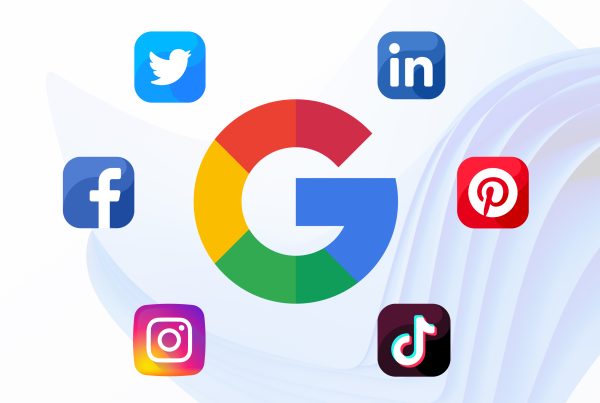Mobile optimization is a key concept in today’s world because people expect at a minimum a good user experience when they visit your site. If they aren’t getting it, most likely they won’t be regular visitors. As an experienced mobile app developer and web developer, we are all too familiar with the issues surrounding this topic and today we wanted to share the Essential Five Things you need to know for Mobile Optimization.
We mentioned the user experience as being related to mobile optimization because in our experience if you aren’t building with UX in mind, you are setting yourself up for failure out of the gate. People want a great experience no matter where they are or what they are doing and as technology has advanced so have people’s expectations.
At a mobile level, there are so many limiting factors such as screen size, network speed and device capability that can make great design that is mobile optimized a difficult task. Our perspective is that the true key to mobile optimization is learning to slim down to what is necessary and then make that the best it can be.
The Essential Five
- You have 3 seconds – That is all the time you have to load a mobile website. Less is better but more will doom you. Slow load times directly affect conversion rates and user happiness, especially among the millennials that have incredible low patience and short attention spans. Images are typically the biggest add to your load times followed by scripts and then video; however worth noting is that images are usually 6x the drag on a site compared to video.
- Essentials only – Smartphones are wonderful devices, but they are also very limited when you compare them physically to the size of an average person. The screen size is limited for not only what we can see but what we can touch which is why paring down everything to just the essentials is important. You want a clear, easy to use navigation along with a clean, elegant design. Both of these ideas feed into a great user experience and are easily accomplished when you reduce the site down to the essentials. A site can still be complex but it then needs to have layers and excellent navigation features that allow a user to go deeper if they want without disrupting the smoothness of the initial landing spot.
- Readability – Did you know that Google actively tracks the readability of a website? They do and organic websites will have their ranking reduced because of legibility issues like font size of less than 16, proper space between characters, use of scaling and overall number of fonts and sizes of fonts being used. Keeping things simple and following Google guidelines not only helps your rankings but ensures people can easily digest what you have to say.
- Be concise – While some people are happy to scroll endlessly through a site reading every little tidbit you wish to share, for the most part people are becoming more and more impatient. They want to find what they are looking for and then they want to move on. That means you need to be clear and concise with every aspect on your site from content to images to infographics. If you are taking too long to make your point then keep revising until it is short and sweet.
- Use clickable elements – One nice thing about making a site simple is that simplicity leads to clear action choices. By using clickable elements such as buttons for CTA’s, video launches, contacting customer service, opening maps, or one-step checkouts you are making it very easy for a customer to take the next step to move along the conversion funnel. Buttons and icons are powerful and yet very simple design elements that allow customers to easily understand options and find answers because they are becoming so universally recognized.
The bottom line is that mobile optimization is a must if you want to maximize conversions. The essential five things you need to know for mobile optimization will help streamline the user experience and allow people to find what they want quickly which not only increases conversions but also helps build your brand.
This article was originally published in 28 September 2016. It was most recently updated in November 28, 2022 by























